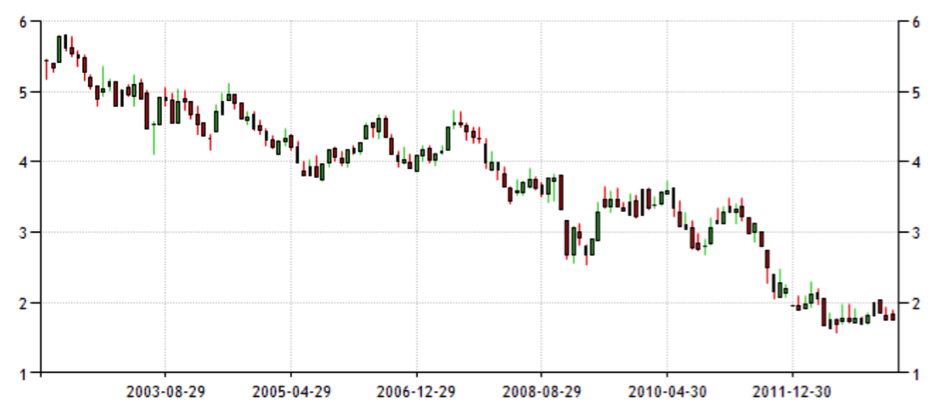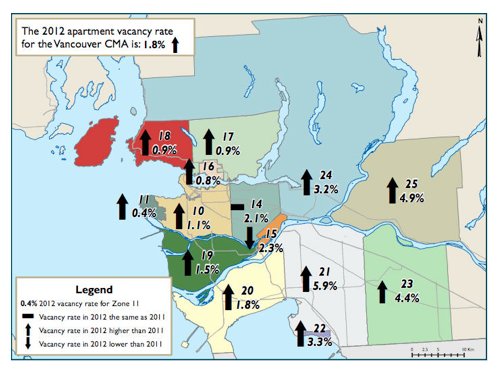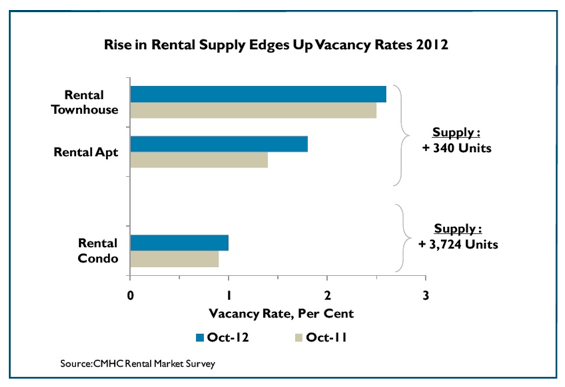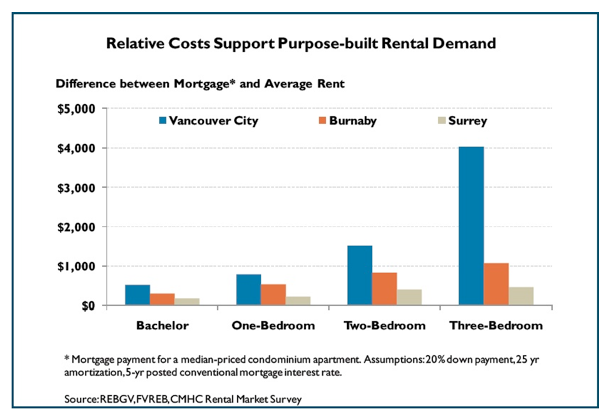The Greater Vancouver multifamily market remains strong as developer’s appetite to build purpose-built rental grows and owners consider their liquidity. This article will explain why the Greater Vancouver multifamily market has performed so well and what this means for the local investment and development community moving forward.
The 2008 debt crisis put a lack of confidence in financial institutions and volatile stock markets globally. Investment behaviour reacted to this with an increase in demand for hard assets with stable growth. The Greater Vancouver multifamily market fell within the scope of this investment behaviour, triggering a steady increase in value for property.
There has been continued growth since this trend began. 2012 produced record breaking sales volume for commercial real estate in British Columbia, much attributed to the multifamily asset class. Below are the variables which have supported this growth.
Favorable financing conditions:
Canada’s conservative banking system kept the country out of hot water during the financial downturn and has given it stability on the international playing field. This stability allows Canada to maintain government bond yields at record lows, which translate into record-low financing rates for borrowers. Access to low-cost financing increases available funding to qualified investors and stirs up buying activity. It allows the market to breathe — money being its oxygen.

Canada Government 10 Year Bond Yields January 2002 – April 2013. Source.
Low vacancy rates:
In 2012, Greater Vancouver multifamily saw a vacancy rate of 1.8% (lower in the urban core) - providing landlords the ability to quickly fill vacant units at desirable rates and use the most favorable terms. While vacancy has increased from 1.4% in 2011, this change is due to an increase in supply rather than a decrease in demand. This increase in supply is the beginning of our next market trend.
Low supply:
There has been very little purpose-built rental construction in Greater Vancouver in recent years - the average rental apartment building was built prior to the 1970s. Developers have had little incentive as the economics have favored the construction of condos. With almost no new rental stock, current supply is dated and often in disrepair. This offers great opportunities for value-add plays to the savvy investor.
High demand for rental units:
Affordability of housing in Vancouver is an ongoing concern. With high real estate prices pushing residents into more cost effective living options, tenant demand is only growing. Many prospective buyers interested in purchasing condo units are priced out of the market by lack of equity and tight lending requirements. This keeps vacancy rates low while increasing rental rates.
The above variables have provided stability within a growing market for many investors. With such a dramatic increase in demand, owners have been able to offer their properties for sale at a lower capitalization rate (rate of return).
Value = Net Operating Income / Capitalization Rate
By looking at the above equation you can see how a low capitalization rate translates into a high property value. Properties in prime downtown locations have been achieving capitalization rates below 3% in some cases.
Looking ahead for the development community:
With multifamily rental property values reaching new heights, it’s beginning to make sense economically for developers to incorporate purpose-built rental properties into their business models. We’re continuously seeing this as a growing trend in Vancouver. Government is also getting involved by offering incentives to developers. These incentives include density and height bonuses, as well as easing of municipal costs associated with development for those who incorporate rental units into their projects.
In the months ahead, we can expect to see properties being sold as Transit Oriented Development sites (TODs) at high values due to density bonuses being granted and latent value becoming available. These density bonuses will be found around transportation hubs and arteries such as the Metrotown neighborhood, Cambie Corridor, Broadway Corridor, and East Hastings. In addition to development sites, the sale of new construction rental projects will be coming to market. Expect many of these rental projects to be sold before construction is completed.
Looking ahead for the investment community:
Owners of multifamily property within the Greater Vancouver area should be considering their current market conditions. There is ample opportunity to sell portfolios or single properties for rewarding values at this time.
Buyers should be looking for underperforming assets in stable/emerging markets. They should be prepared to act quickly if necessary as good opportunities will not last.
Variables to be cautious of:
- Current financing rates will inevitably have to increase in time. While it’s hard to say exactly when this will occur, the direct effect of an increase in government bond yields will be a decrease in money supply and thus, a decrease in value for investments.
- The upcoming BC provincial elections have many forecasting the election of an NDP government. This may worry investors and ease buyer demand.
If you’re interested in discussing market conditions and opportunities, please contact me at dfitzgerald@macrealty.com. Learn more about David here.

























2 thoughts on “Why The Greater Vancouver Multifamily Real Estate Market Is, Well, Better Than Gold”
Comments are closed.